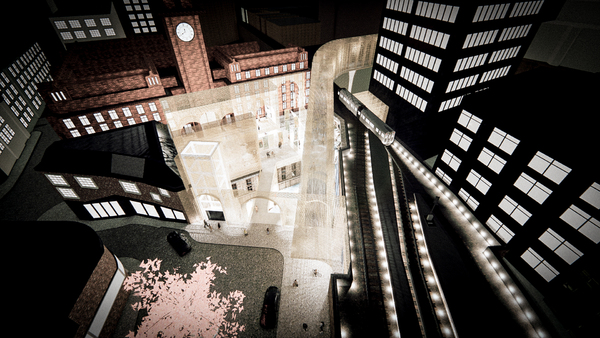I am passionate about creating socially resilient architecture and urban design, through the increased application of innovative technology led participatory methodologies and design processes. I believe this will enable investigative explorations into intersectional perceptions and experiences of the built environment, empowering the application of this knowledge into fostering safer and inclusive cities for the future.
‘Rewriting the Narrative of Gendered Urban Experience’ is a critique on the lack of acknowledgment for narrative and participatory methodologies in urban planning theories and processes. Active urban interventions are formed through an analysis of gendered narratives, creating a critical method of design, to rewrite perceptions of safety and reclaim urban territory. For this research project I established myself as architect, narrator, and expert citizen.
I reinvented the Women’s Safety Audit through a creative design process to investigate intersectional perceptions of safety in urban spaces. The virtual interactive audit achieved 60 participants to partake in the research and form narratives for analysis, utilising Oxford Roads multiple place identities to form 4 urban space typologies: the city, the park, the campus, and the outer city streets.
Virtual spaces constructed using an interpretation of the personal accounts are created using narrative design theories and methodologies, exploring how intersectionality distinguishes territorial claims. Reverse engineering of the virtual spaces then formed a methodological tool generating the programmatic function and exposing the capabilities of materiality driven interventions.
The two urban interventions designed included Whitworth Park ‘Unveil’– making the hidden visible, and Oxford Road Station ‘Interact’– reclaiming ownership of the urban fabric. Using materiality driven territorial markers to respond to the varying territorial exclusion at specific urban space typologies. This study was re-presented to the participatory group through virtual walkthrough simulations, the responses support the claim that participatory led design in urban planning can assert women’s claim on urban territory.


